The UK is experiencing significant growth driven by technological advancements, increasing consumer awareness, and a growing demand for convenience, energy efficiency, and home security. Here’s an overview of the smart home market in the UK:
Market Size: The revenue in the Smart Home market is projected to reach US$11.0 billion (£8.8 billion, €10.2 billion) in 2024
Growth Rate: The market is expected to grow at an annual rate (CAGR) of 11.66% from 2024 to 2028, resulting in a projected market volume of US$17.1 billion (£13.6 billion, €15.9 billion) by 2028.
Household Penetration: The household penetration rate will be 62.4% in 2024 and is expected to hit 115.3% by 2028 This suggests that many households will have more than one smart home device.
Average Revenue per Smart Home: The average revenue per installed Smart Home is expected to amount to US$593 (£430, €500)
Consumer Preferences
UK customers are increasingly seeking convenience, efficiency, and security in their homes, which has led to a growing demand for smart home devices and systems1. The desire for interconnected and automated solutions that enhance daily living experiences is a key driver shaping consumer preferences in the smart home market1.
In the UK, the most popular smart home devices are:
Smart Speakers: With 50% of people owning one, smart speakers are the leading smart home device. They serve as the central hub for controlling other smart devices and providing voice-activated assistance.
Smart Thermostats: These are the second most popular, allowing users to control their home heating remotely for better energy efficiency.
Smart TVs: A significant number of consumers have smart TVs, which offer streaming services and internet connectivity2.
Security Cameras: Devices like the Arlo Pro 4 Smart Security Camera are popular for home security
Video Doorbells: Products like the Google Nest Doorbell allow users to monitor their doorsteps remotely
Smart Plugs and Lights: These provide users with the ability to control lighting and power to appliances remotely
These devices are favoured for their convenience, energy savings, and the enhanced security they provide to homes. The integration with voice assistants like Amazon Alexa, Google Assistant, and Apple Siri further adds to their appeal, making them an integral part of the smart home ecosystem in the UK.
Market Trends
A prominent trend in the UK’s smart home market is the integration of voice control technology, with devices like smart speakers gaining popularity among consumers1.
Additionally, the focus on energy efficiency and sustainability is driving the adoption of smart thermostats and lighting systems in households across the country1.
The UK smart home industry is part of a global trend towards more connected and efficient living spaces, with significant growth potential in the coming years. The data reflects the market impacts of the Russia-Ukraine war and is based on the most recent update from March 20241.
Market Size and Growth: The UK smart home market has been expanding steadily, with increasing adoption of smart devices such as smart speakers, thermostats, security cameras, lighting controls, and smart appliances. According to various reports, the market size is expected to reach several billion pounds by 2025, driven by factors such as rising disposable income, urbanisation, and the proliferation of IoT technologies.
Consumer Adoption: Consumers in the UK are increasingly embracing smart home technologies to enhance comfort, convenience, and security in their homes. Smart speakers, particularly those powered by virtual assistants like Amazon Alexa and Google Assistant, have gained significant popularity for controlling smart devices, playing music, and accessing information through voice commands.
Product Categories
The smart home market in the UK encompasses a wide range of product categories, including:
Smart lighting: LED bulbs, smart switches, and dimmers that can be controlled remotely via smartphone apps or voice commands.
Smart thermostats: Energy-efficient heating controls that allow users to remotely adjust temperature settings and create schedules to optimise energy usage.
Smart security systems: Wireless cameras, doorbell cameras, motion sensors, and smart locks that provide remote monitoring and real-time alerts for enhanced home security.
Smart appliances: Connected kitchen and household appliances such as refrigerators, ovens, washing machines, and vacuum cleaners that offer advanced features and remote control capabilities.
Smart entertainment: Smart TVs, streaming devices, and audio systems that support voice control, content streaming, and home theatre integration.
Retail Distribution
Smart home products are available through various retail channels in the UK, including electronics stores, online retailers, home improvement stores, and telecommunications providers. Additionally, smart home technology is increasingly being integrated into new home construction and renovation projects, with builders and developers offering pre-installed smart home systems as a selling point.
Challenges and Opportunities
Despite the growing popularity of smart home devices, challenges such as interoperability issues, privacy concerns, and the complexity of installation and setup remain barriers to widespread adoption. However, these challenges also present opportunities for companies to innovate and develop user-friendly, interoperable solutions that address consumer needs and preferences.
Regulatory Landscape
The UK government has introduced initiatives and regulations aimed at promoting energy efficiency, sustainability, and data privacy in the smart home sector. Standards such as the “TrustMark” certification scheme and the “Smart Metering Installation Code of Practice” (SMICoP) ensure that smart home products and installations meet quality and safety standards.
Overall, the smart home market in the UK is poised for continued growth, driven by technological innovation, evolving consumer lifestyles, and regulatory support for sustainable and connected living solutions. As smart home technology becomes more integrated and seamless, it is expected to transform the way people interact with their homes and lead to greater efficiency, comfort, and peace of mind.


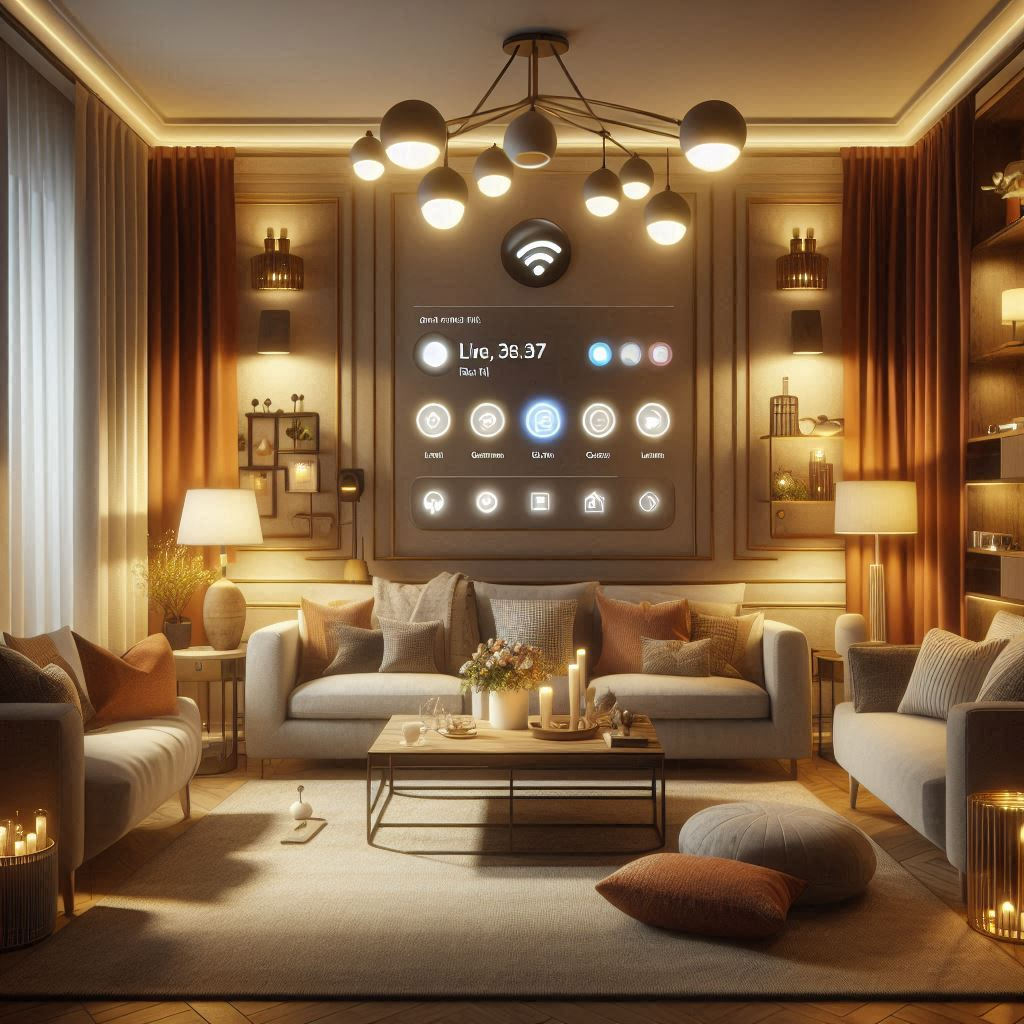
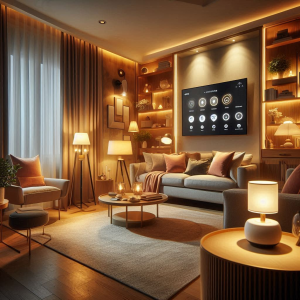
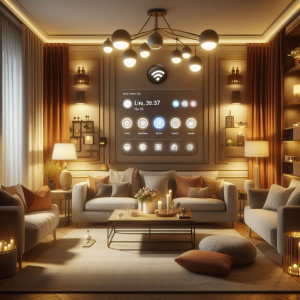
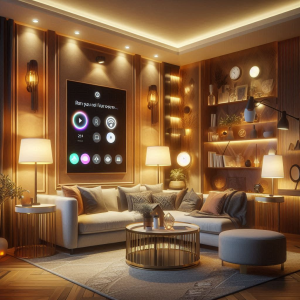



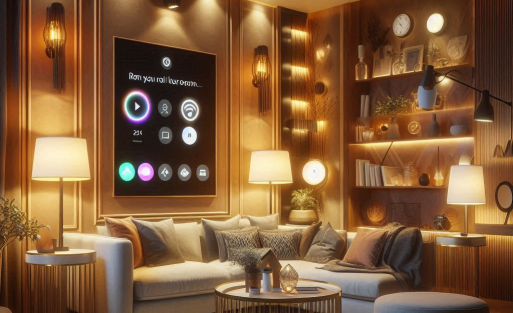
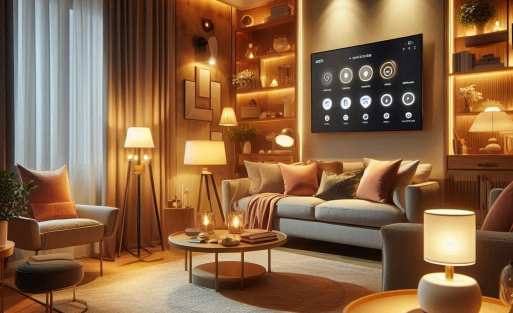
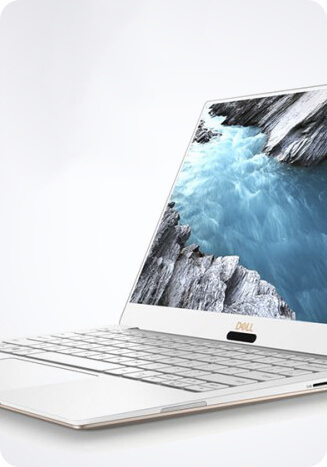
Add comment